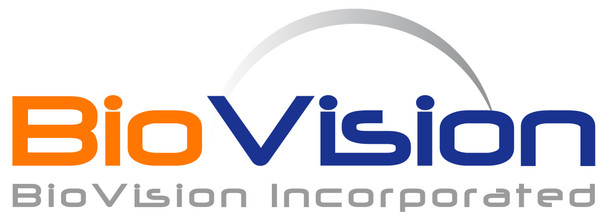Description
Amphiregulin, Human Recombinant is available at Gentaur for Next week delivery.
Stimulates growth of keratinocytes, epithelial cells and some fibroblasts
Biomolecule/Target: Amphiregulin
Alternates names: AR, AREG, Colorectum cell-derived growth factor (CRDGF)
Synonyms: AR, AREG, Colorectum cell-derived growth factor (CRDGF)
Background Information: Amphiregulin is an EGF related growth factor that signals through the EGF/TGF-a receptor, and stimulates growth of keratinocytes, epithelial cells and some fibroblasts. Amphiregulin also inhibits the growth of certain carcinoma cell lines. Synthesized as a transmembrane protein, amphiregulin’s extracellular domain is proteolytically processed to release the mature protein. There are 6 conserved cysteine residues, which form 3 intramolecular disulfide bonds essential for biological activity. Recombinant human Amphiregulin is a 11.3 kDa glycoprotein consisting of 98 amino acid residues.
Reconstitution Instructions: Centrifuge the vial prior to opening. Reconstitute in water to a concentration of 0.1-1.0 mg/ml. Do not vortex. For extended storage, it is recommended to further dilute in a buffer containing a carrier protein (example 0.1% BSA) and store in working aliquots at -20°C to -80°C.
NCBI Gene Symbol: AREG
Gene ID: 374
NCBI Accession: P15514
Additional Information
Size: |
50 μg |
Country of Manufacturing Origin: |
USA |
Country of Animal Origin: |
USA |
Gene Source: |
Human |
Recombinant: |
Yes |
Source: |
E. coli. |
Purity by SDS-PAGE: |
≥95% |
Assay: |
SDS-PAGE |
Purity: |
N/A |
Assay 2: |
HPLC |
Endotoxin Level: |
< 0.1 ng/μg of protein (<1EU/μg). |
Activity (Specifications/test method): |
Determined by its ability to stimulate the proliferation of mouse Balb/c 3T3 cells. |






